Some things just don’t sound possible. Among them are England winning a penalty shootout, Audi not winning Le Mans and hopping to the North Pole wearing a Hawaiian shirt.
I’d also humbly submit that driving a completely standard car from Africa to England on a single tank of fuel also has that ring of implausibility about it.
But just because it has never been done – indeed, just because it sounds like it never could be done – it doesn’t therefore mean that it absolutely, positively cannot be done. We know this now, because we’ve just done it.
The car was a Mercedes-Benz E300 Hybrid, chosen because the on-paper economy of its 204bhp 2.1-litre diesel engine and 26bhp electric motor, combined with its 80-litre fuel tank (a popular £100 option), provided the best chance.
But all official fuel figures are pretty meaningless these days and none more so than those for hybrids, which are more usefully described as simply misleading. The route from Tangier in Morocco up through Spain and France to the Normandy coast and the ferry from Caen to Portsmouth was clear. Everything else was clouded in uncertainty.
To make matters far worse, too, I’d had the insane idea of doing it non-stop. It wouldn’t make a damn of difference to whether the car made it, but it gave us something to focus upon. I wanted to drive solo, but the problem was not the 1200-plus miles but the projected drive time, which, with contingencies, approached 30 hours. So for safety’s sake, we took a professional relief driver, too.
All I’ll say about importing a car into north Africa is that it’s something I’ll be spending the next few weeks trying to forget. In my naivety, I thought that we could drive off the ferry, top the car up, turn around and catch the same ferry back.
Suffice to say that by the time we finally arrived back in Algeciras, we’d already been up for 11 hours and burned every second of wriggle room in the schedule, plus an hour that we simply didn’t have.
Some sensible chap suggested that we abandoned the time element, and the only reason I said no was that I was mentally unable to quit before we started. So four hours behind schedule, our convoy of the E-class and two support vehicles full of camera and film crews turned dejectedly north.
Read the full Mercedes-Benz E-class review
I’d had to decide how ‘real’ I wanted this test to be; after all, we could have fitted a vast auxiliary fuel tank and proved nothing. We could also have driven at 30mph, reduced the truck-driving population of western Europe to apoplexy and produced a similarly meaningless result.





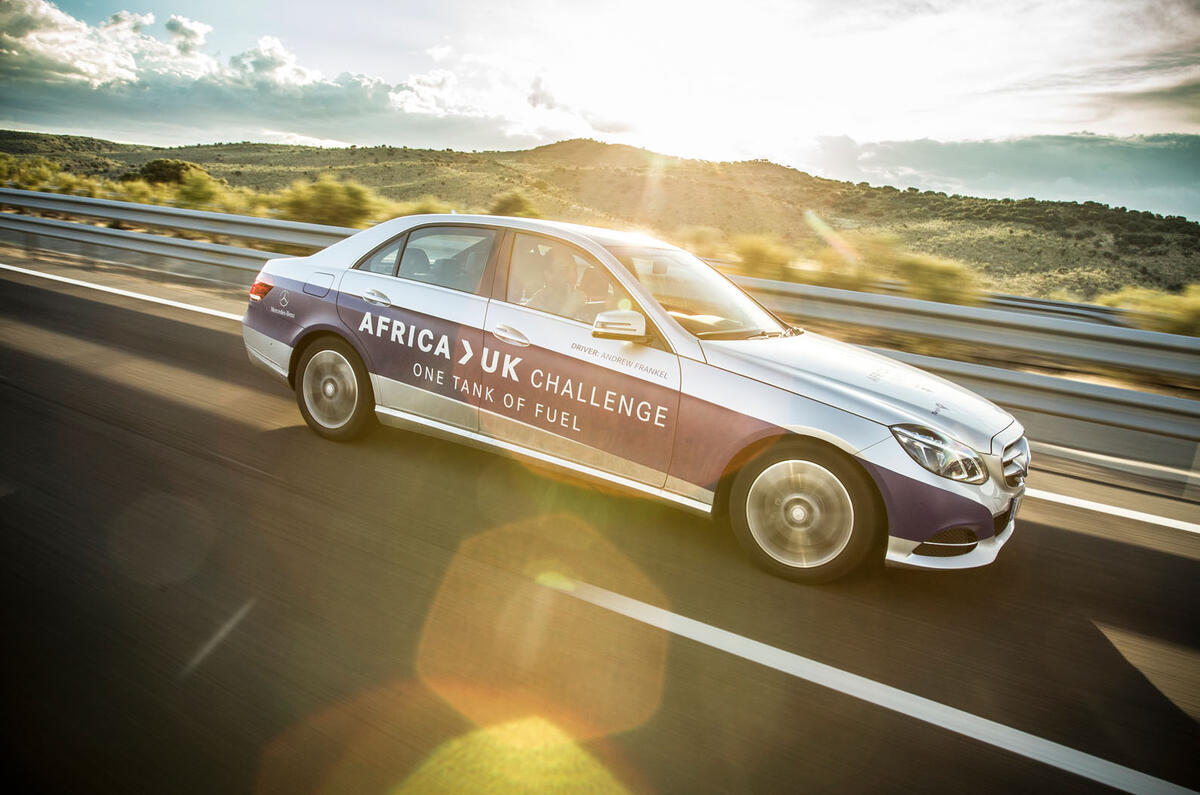







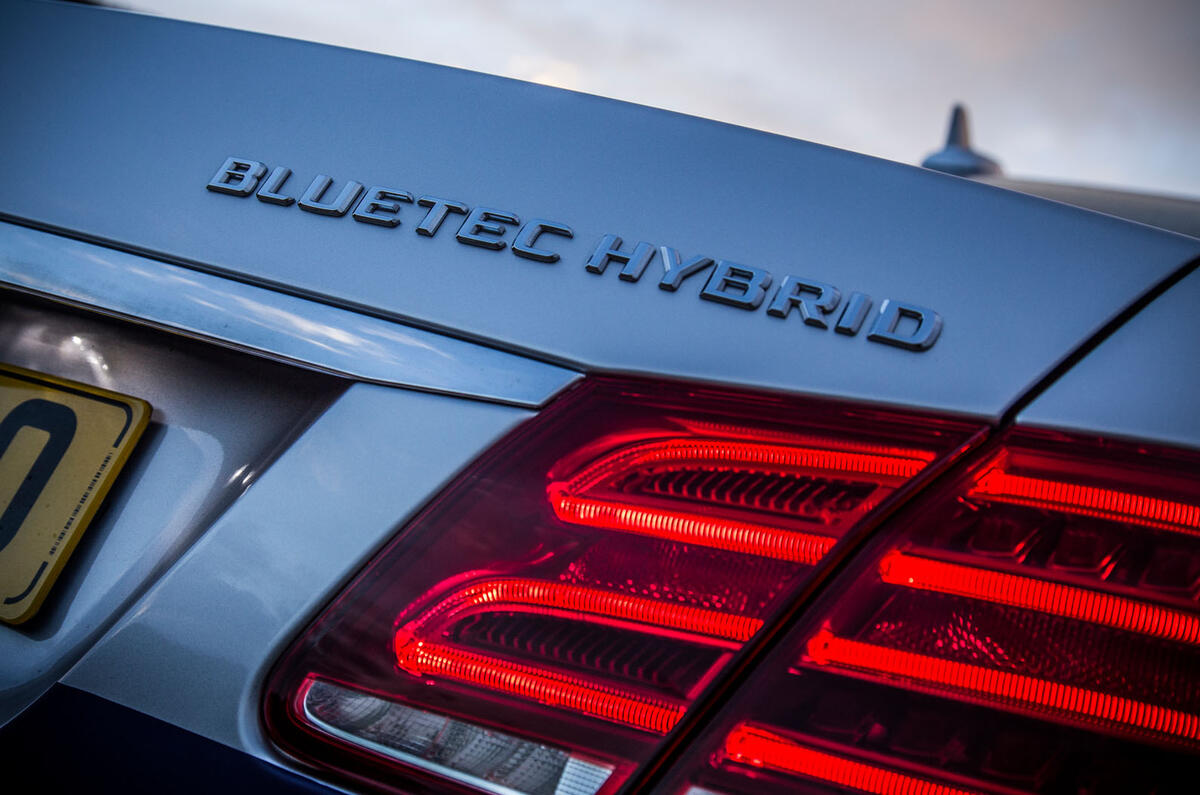






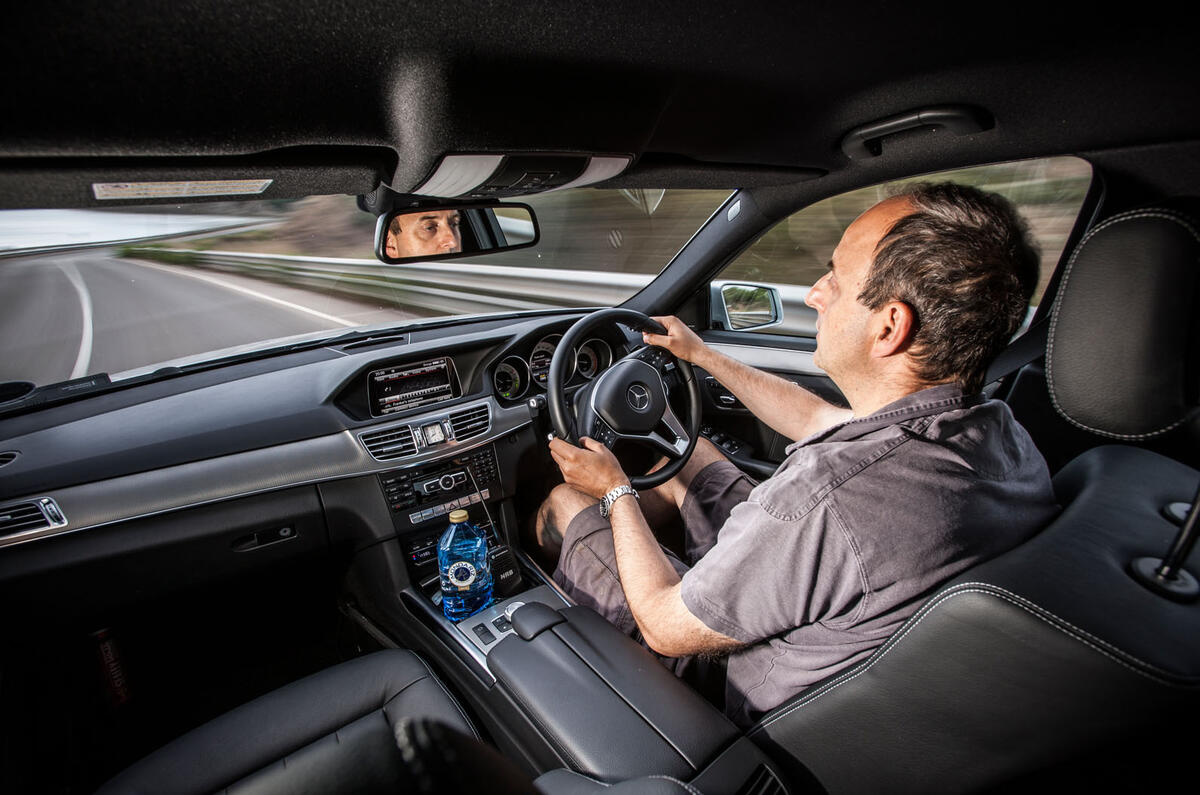







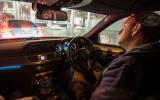





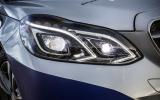
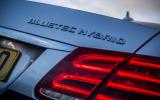



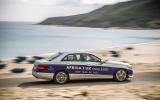








Join the debate
Add your comment
Dejavu...
Over 1200 miles
1,323 miles on 80 litres
Quite an achievement, but I'd be willing to forfeit an MPG or two by opting for the seven-seater E-Class estate!
It'll be interesting to see how this diesel-electric hybrid drivetrain performs in the new C-Class.